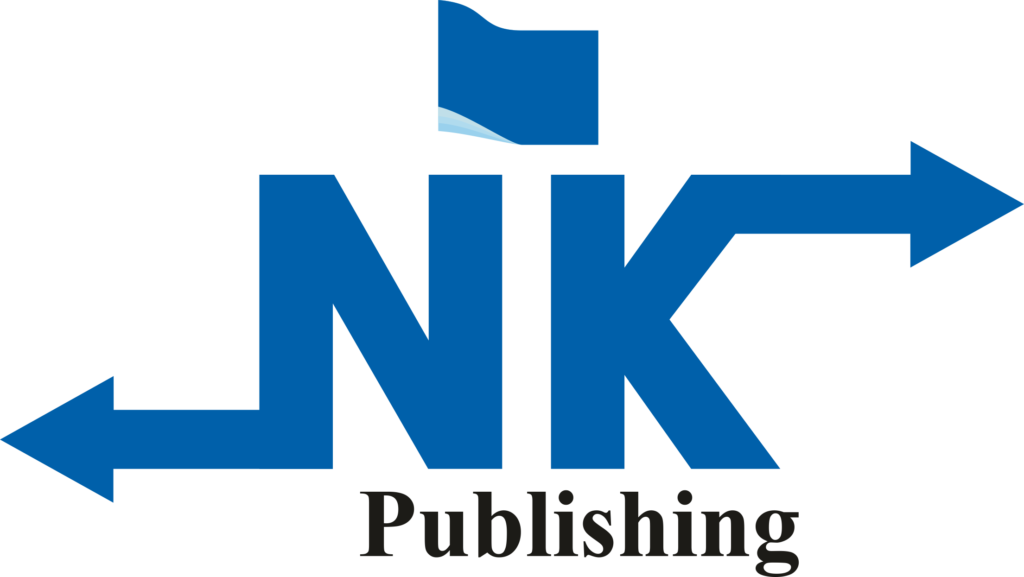PAPER ID:IJIM/V.II(IV)/2017-223 /32
AUTHOR: Rahul Mahendru and Er. Saranjeet Singh
TITLE: A REVIEW ON DIGITAL WATERMARKING USING AES AND GENETIC METHODS
ABSTRACT: : The ubiquitous nature of digital network systems means that digital documents can be copied and distributed easily to large numbers of people with no cost. People can download audio, image and video files, and they can share them with friends and they can manipulate or modify their original contents. Watermarking is defined [1-2] as the action of hiding a message, text, logo or signature into an image, audio file, video or any or other work of media. These practices have existed for quite a long time, actually for several centuries. The field of digital watermarking is relatively young and gained popularity as a research topic in the latter half of the 1990s. Watermarking can be visible, such as the images are printed on money notes, or invisible, for which the watermark is hidden inside the media. Watermarking can be applied to physical objects, examples include: fabrics, garment labels, and product packaging that can be watermarked using special invisible dyes and inks, or as electronic signals. In the research, we will be implemented the DWT for segmentation of image, Genetic for optimization for segmented image and AES will be used for providing the security to watermarked image. The proposed method of watermarking will improve the performance, security and efficiency as compared to existing methods. The results will also be analyzed on the basis of performance parameters.
KEYWORDS:
Digital watermarking; DWT;AES; Genetic; Stego image ; RGB
Click here to download fulltext

 Impact Factor : 5.750
Impact Factor : 5.750